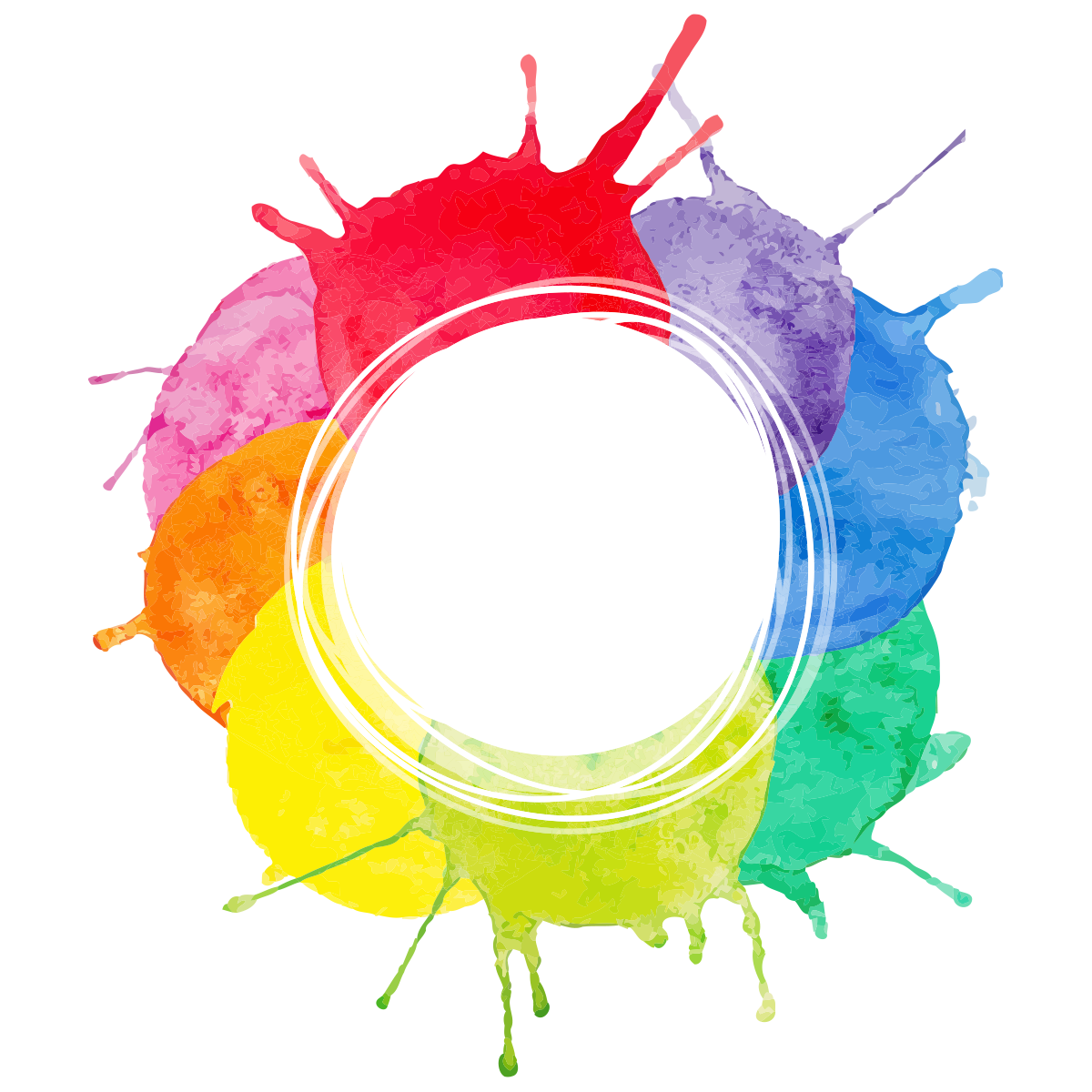The assessment gaps: what K-12 leaders want from assessment tools — and what they’re getting

K-12 leaders and educators believe in the importance of assessments. The trouble is, the assessment tools they’re using don’t prove nearly as effective as they’d like, a new survey from Pearson reveals.
Administrators, classroom teachers and special educators from across the country responded to the survey. The most worrisome aspect of the problems they identify? The gaps appear in the areas educators consider most important to assess.
School and district leaders can’t afford to ignore these assessment shortcomings.
Weaknesses in the most important areas
Most K-12 leaders and educators say six qualities are very important to have in assessments, however, far fewer say their current assessment systems deliver those capabilities.
| Assessment quality | % who say this is “very important” | % who strongly agree they have this capability | Gap |
|---|---|---|---|
| Assessment tools allow educators to pinpoint student needs | 65% | 38% | –27% |
| We can measure students’ progress toward specific learning targets | 70% | 44% | –26% |
| We can personalize instruction based on assessment results | 62% | 37% | –25% |
| Assessment data is easy to understand | 66% | 42% | –24% |
| We have the flexibility to give assessments at the right point in a student’s learning journey | 63% | 46% | –17% |
| Classroom teachers can easily access the assessment results | 71% | 55% | –16% |
In short, assessment tools aren’t delivering in crucial areas.
Problems across the board
The survey also shows that K-12 educators and leaders believe assessments should measure two skills above all else:
- Critical thinking (72% say it’s very important to assess)
- Problem solving (69%)
Here again, though, gaps appear. Only 43% report that assessments prove very effective at measuring critical thinking. And 51% say the same for assessing problem solving.
The results don’t look any better when educators evaluate particular types of assessments. At least two-thirds of respondents say they administer formative assessments (69%), teacher-created assessments (67%), progress-monitoring assessments (66%) and summative assessments (68%). More than half (53%) use interim/benchmarking assessments.
But far fewer consider these tools very effective at measuring students’ understanding of academic content:
- Classroom assessments for formative use: 46% say they are very effective
- Teacher-created assessments: 45%
- Progress-monitoring assessments: 39%
- Interim/benchmarking assessments: 38%
- State-mandated summative assessments: 29%
A call to action for K-12 leaders
Pause for a moment to consider these survey findings. The vast majority of educators say they face challenges…
- understanding assessment results
- measuring students’ progress toward specific learning objectives
- personalizing instruction based on assessment results
- pinpointing student needs
- administering every type of assessment
These responses should trouble every K-12 leader. The very purpose of assessment is to understand what students have learned and then tailor instruction. If your assessment system doesn’t support this iterative process, you need to reevaluate that system.
That’s why this survey should prompt school leaders to take a fresh look at how they approach assessment. Which assessment tools are teachers using? How are they using them? Do they have the training to understand the explicit purpose of each assessment tool and to apply the results accordingly? Do the assessment tools produce valid and reliable results down to a granular level to guide instruction? Do the assessments produce easily interpretable results? Do educators get those results quickly enough to guide instruction?
These are just some of the questions K-12 leaders need to consider in reevaluating their assessment tools. But such a reevaluation will pay big dividends, as better assessment will lead to improved teaching and learning.

